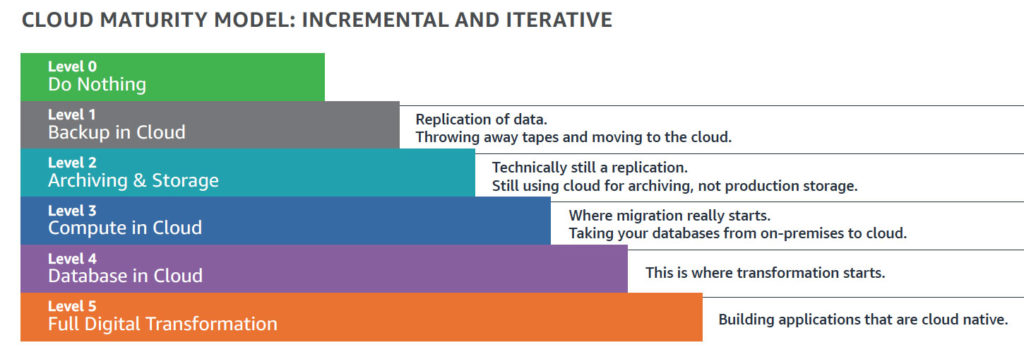
Chief Technology Officer/CISO
Moving to the cloud has many benefits, most of which are enthusiastically touted: greater scalability and storage options, and better visibility into business operations, to name just a few. Yet a move to the cloud doesn’t always mean blue skies— at least, not if you don’t have a guide to help you get the most out of your move.
Cloud migration and optimization can create confusion. Though the flexibility and scalability of the cloud are enticing, businesses can sometimes stumble when first attempting to take advantage of cloud technologies. We often hear customers say, “I had no idea the cloud was so different than an on-premises environment.”
The reality is that cloud infrastructure is different. Simply “lifting and shifting” your on-premises databases to a new cloud server won’t be enough to help you optimize the cloud’s true value, like tiered storage models that can create significant savings. If you’re expecting to be able to task your IT teams with migrating workloads to the cloud with the expectation that they’ll instantly be optimized for the specifics of your environment, you may be in for a rude awakening.
Fundamentally, the cloud is another methodology for the consumption of compute resources—but to get the most from it, you need to know how to leverage cloud business models to get what you need for your business. A new environment demands new tools, and new knowledge, to get the most for your investment.
DataEndure can help assess your cloud readiness and business goals to find solutions that support you now—as well as set you up for future success. We have developed a Five-Level Cloud Maturity Model that can help your organization understand where your applications are today, identify your ultimate business goals, and map out a plan for implementing cloud solutions to help you achieve those goals. Knowing where you are on that path is a critical first step in achieving your desired outcome.
